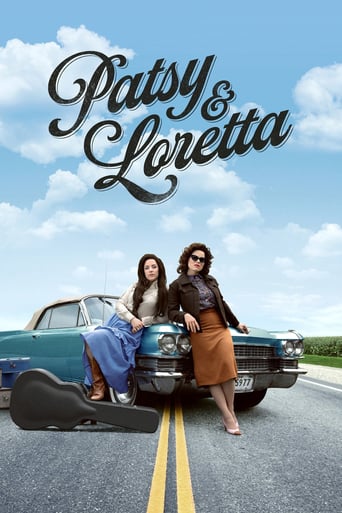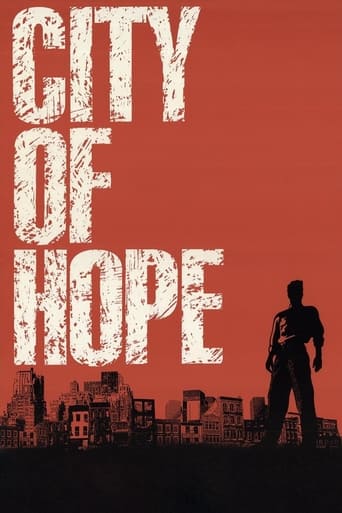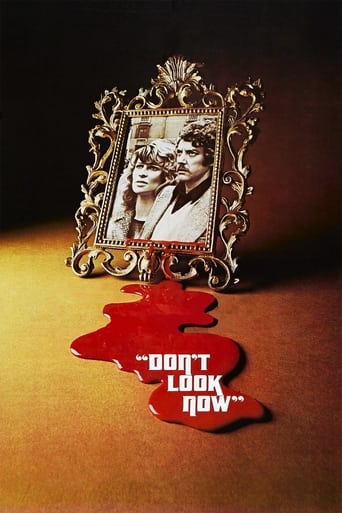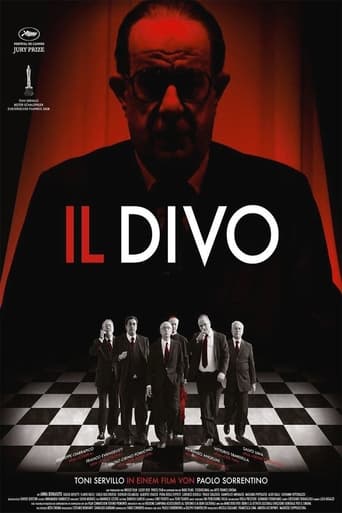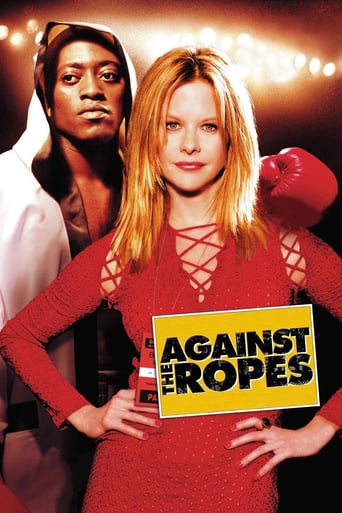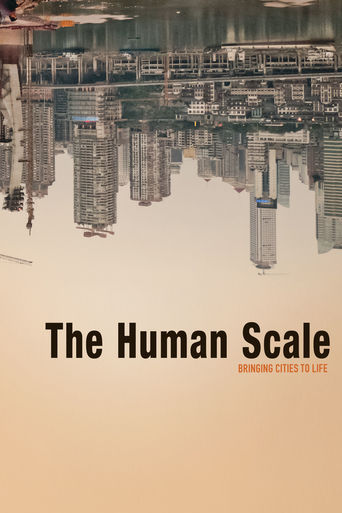

The Human Scale (2012)
50 % of the world’s population lives in urban areas. By 2050 this will increase to 80%. Life in a mega city is both enchanting and problematic. Today we face peak oil, climate change, loneliness and severe health issues due to our way of life. But why? The Danish architect and professor Jan Gehl has studied human behavior in cities through 40 years. He has documented how modern cities repel human interaction, and argues that we can build cities in a way, which takes human needs for inclusion and intimacy into account.
Watch Trailer
Cast


Similar titles
Reviews
This is not a well-rounded doc about human scale in the urban landscape. Most of the film was about pedestrian only plazas and bicycle path access in large cities. Broad statements were made like if you build large plazas people will come - wrong. I know many large plazas in different cities that sit unused - there has to be a reason for people to come to those plazas - shopping, eating, access... The doc also ignores the practical problem of how to deal with vehicle access into inner cities. Its all well and good to say everyone should ride a bike or walk, but that is not reasonable or even legal statement (because it is not inclusive of older people or people with disabilities, which is required by law where I live.) On top of that, this doc looks like a promotion for Gehl architects with half the people interviewed work for Gehl and promote the ideas of Gehl to create human scale and pedestrian/bike access in large cities. Nobody from another firm is interviewed. On the good side, there is some interesting approaches and stats - Melbourne and New York were the most interesting case studies. However, at the end of the doc you are left wondering what the overall point of the film was other than cars=bad, bikes=good, big cities=inevitable...
I was recently browsing the documentary DVD section at my local library in search of something interesting to watch, and fell upon this. Certainly the sleeve jacket picture of a city upside down caught my attention, but then when I read what this was about, I thought that this could be really interesting, and I decided to pick it up. So glad I did."The Human Scale" (2012 release from Denmark; 77 min.) provides a renewed look at how to plan and build our cities, as seen through the eyes and the vision of Danish urban architect Jan Gelh and his colleagues at Gehl Architects. The opening images, combined with the stirring soundtrack, made me think of the movie "Koyaanisqatsi" from the early 80s. Soon thereafter, we dive into Chapter 1 (of 5), where the movie makers look at how cities in China have changed (don't call it progressed) in a compressed time period of just 30 years. Chapter 2 looks at Copenhagen and New York, and it quickly becomes clear what the movie makers' perspective is, assuming you agree that the way we build cities influences our daily life and our quality of life (which I agree with). The before and after pictures of the changes in Manhattan are fascinating. Chapter 3 looks at Chongoing (China), Siena (Italy) and Melbourne. Chapter 4 brings us the challenges facing Dhaka (Bangladesh). But the best is saved for last: a fascinating look at what is going on in Christchurch, New Zealand. I'm not going to tell you what, you'll just have to see for yourself how it all plays out.In all, at just 77 min., this documentary flew by in no time and I enjoyed it for the most part. Yet I also was bothered by two particular things: (1) the documentary is in essence one long commercial for the services of the Gehl Architects firm. Couldn't the movie makers really not find anyone else to provide other perspectives (even if they are similar to Gehl's)? (2) In the documentary, the point is made several times that the "gold standard' of urban planning is of course Copenhagen ("can X be the next Copenhagen?"). Really? I find it incredibly self-serving, when you realize that this movie is made/produced by Danes and that Gehl is also Danish. Plus it's presented like a matter of fact, when in reality this is a very subjective conclusion and I'd venture to say that there are quite a few cities in Europe that are not all that different from Copenhagen in its urban lay-out. All that aside, if you have any interest in urban planning, I'd strongly suggest that you check out this documentary, and draw your own conclusion on all this.
but... Yes there is a "but". I don't really think this film is equally interesting for everybody else, who's not particularly interested in the topic and it doesn't make you particularly interested in it if you weren't before already. The film basically summarizes the impact of the structural change on the demographic change in big cities and the conflicts and improvements that can arise from said interplay. I may very well be one of the last people to see this film on the big screen as it took almost a year since its world premiere till it got a wide release in Germany. One reason may be that Germany is not among the locations analyzed in the film. These include China, New Zealand, USA, Italy, Australia, Denmark and probably some more I can't remember right now.I personally thought China, right at the start, and, to a lesser extent, New Zealand were the most interesting parts as these are the places where it happens right now and the other areas are basically parts where the development has essentially finished into a certain direction and China and NZL is where this direction can still be influenced. What I liked so much about the China segment was that it also examined how people can basically be sucked in by the city they live in and end up in isolation. This part was really well done when one person tells how she has no idea who her neighbors are and who lives next to her. I think anonymity and loneliness in big cities is one of the biggest problems of society right now and, as it's analyzed so little, there's also not really many solutions to offer so far. So well done to the filmmakers to emphasize this focus. What I didn't really like was the Italy segment. It felt really out of place and I have no idea why it was included. It was very short and basically added nothing to the movie. Also some of the interviewees seemed pretty random and had nothing interesting or informative to say, especially the lady from the Philippines if I remember correctly. Maybe they should have limited the film to 3 (4 max) areas and actually made an in-depth examination there to fill the slightly under 90 minutes.All in all, it's an okay documentary, not even close to the best I've seen this year, but not really bad either. I'd certainly recommend it to people who live in the areas depicted in the film.
Just got back from a screening of the film at Hamptons Film Festival. Honestly went because all major features were sold out but WOW–this was an entertaining and informative piece of work that left me and my guests conversing throughout the rest of the afternoon. I'm still left thinking about the subject matter hours later and don't see myself stopping anytime soon. A real thought-provoker, covering important subject matter especially if you're an urban dweller.Director Andreas Dalsgaard brilliantly weaves through an admittedly budget-limited number of cities (in China, Bangladesh, America, Europe and perhaps most importantly New Zealand) delivering a convincing argument for a more social-minded layout of possible urban planning of the future. His directorial vision is largely based on architect Jan Gehl's social visions of a more communicative urban environment–one where work, live and play are all in close quarters, preventing the isolation of a commuter's life; one filled more with streets for pedestrians rather than roads built for cars. The film is divided into 5 chapters, each covering a new topic (although all cleverly intertwined to grace his overarching themes of social connectivity in the urban environment), most of which are displayed through the introduction and demonstration of a particular city and its model for urban development. This ranges from the largely bike-accessible and pedestrian-friendly Copenhagen, to capital city Dkaha of Bangladesh where cars are threatening the already harsh living conditions for residents. As far as documentary is concerned, I thought Dalsgaard did an excellent job of objectively presenting his material and allowing for the audience to interpret his data-based facts as they please. This is NOT a documentary that will make you regret living life the way you presently do, but it IS a documentary that will make you more aware of your surroundings and how(why) you can(do) appreciate different elements in different places. Given its small budget, cinematography and overall direction was top-notch. The viewer is transported to multiple urban landscapes–each with their own unique fabric–which together weave a full-length feature film of international importance. 8/10 simply for the fact that I do wish Dalsgaard was able to dive deeper into more cities and perhaps extend the running time closer to 2 hours. Having said that, this movie did not feel like it was cut short; pacing was excellent and each chapter was as enthralling as the last. An absolute must-see for any curious urban dwellers or anybody interested in global societal matters.


